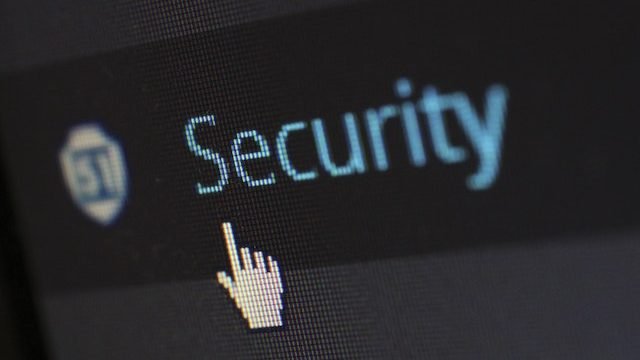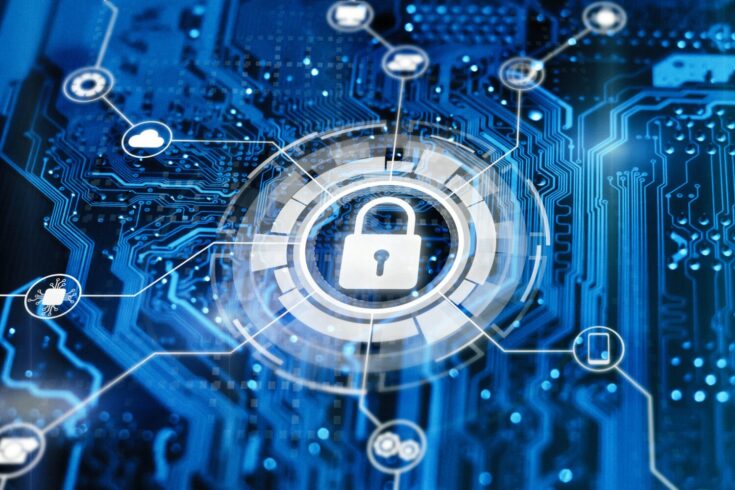
Introduction of Cybersecurity Threats
In today’s digital age, where technology plays an integral role in our lives, the need for robust cybersecurity measures has become more critical than ever. With the rise of interconnected devices, online transactions, and vast amounts of personal data being stored in the digital realm, individuals and businesses alike face a multitude of cybersecurity threats. Safeguarding our data and privacy requires awareness, vigilance, and proactive measures to counter these evolving challenges. In this article, we will explore the cybersecurity threats in the digital age and provide practical tips on how to protect your data and privacy.
- The Growing Landscape of Cyber Threats
The digital landscape is fraught with various cybersecurity threats that can compromise our data and privacy. Malware, such as viruses, worms, and ransomware, poses a significant risk to individuals and organizations. These malicious software programs can infect our devices, steal sensitive information, or hold our data hostage until a ransom is paid.
Phishing attacks are another prevalent threat. Cyber criminals use deceptive emails, websites, or messages to trick individuals into divulging their personal information, such as passwords or credit card details. Social engineering tactics, like impersonating a trusted entity or manipulating emotions, are employed to exploit human vulnerabilities.
Additionally, data breaches can occur when cyber criminals gain unauthorized access to databases containing personal or sensitive information. These breaches can lead to identity theft, financial fraud, or reputational damage.
- Safeguarding Your Data and Privacy

Despite the growing cybersecurity threats, there are practical steps you can take to protect your data and privacy:
a. Strong and Unique Passwords: Use strong, unique passwords for each online account. Include a combination of letters, numbers, and special characters. Consider using a password manager to securely store and generate complex passwords.
b. Two-Factor Authentication (2FA): Enable 2FA whenever possible. This adds an extra layer of security by requiring a secondary verification method, such as a unique code sent to your mobile device, in addition to your password.
c. Regular Software Updates: Keep your operating systems, applications, and antivirus software up to date. Software updates often include security patches that address known vulnerabilities.
d. Be Wary of Phishing Attempts: Exercise caution when clicking on links or opening attachments in emails, especially if they are from unfamiliar sources. Look out for suspicious signs like spelling mistakes, grammatical errors, or requests for sensitive information.
e. Secure Wi-Fi Connections: When using public Wi-Fi networks, avoid accessing sensitive information or conducting financial transactions unless you are using a secure and encrypted connection. Consider using a virtual private network (VPN) for added protection.
f. Data Encryption: Utilize encryption tools to protect your sensitive data. Encryption converts your data into an unreadable format, making it challenging for unauthorized individuals to access or decipher.
g. Regular Data Backups: Back up your data regularly to an external hard drive or Cloud Storage. In the event of a ransomware attack or data loss, you can restore your files without compromising your privacy.
h. Educate Yourself: Stay informed about the latest cybersecurity threats and best practices. Learn to identify warning signs and develop a cautious approach to online activities.
- The Importance of Cybersecurity Culture
Building a cybersecurity culture is essential for individuals and organizations alike. It involves creating awareness, fostering responsible online behavior, and encouraging a proactive approach to cybersecurity. Regular training and education programs can empower individuals to identify and respond to potential threats effectively.
Organizations should implement robust cybersecurity policies, including secure network configurations, access controls, and incident response plans. They should also conduct regular audits and vulnerability assessments to identify potential weaknesses and address them promptly.
Conclusion
As we navigate the digital landscape, protecting our data and privacy is of paramount importance. Cybersecurity threats continue to evolve, requiring us to be vigilant and proactive in safeguarding our online presence. By adopting strong passwords, utilizing two-factor authentication, staying vigilant against phishing attempts, and practicing good cybersecurity habits, we can mitigate risks and protect ourselves in the digital age. Remember, cybersecurity is everyone’s responsibility, and together we can create a safer online environment.
Want to Learn More About Cybersecurity: CLICK HERE


